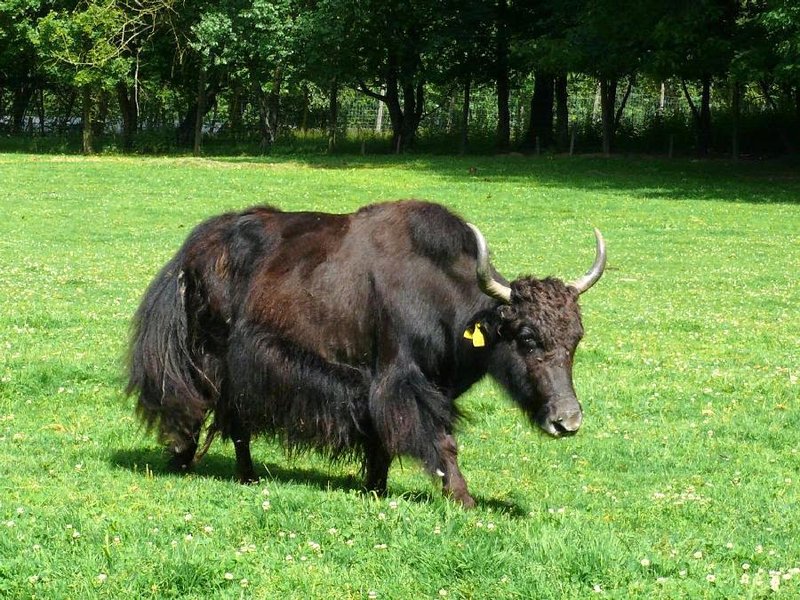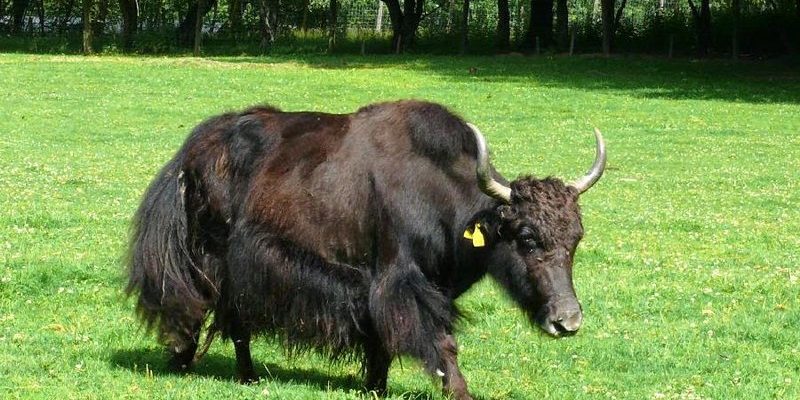
So, how exactly do yaks raise their young? It’s a process that involves a lot of care and instinct. From the moment a calf is born, the mother yak, known as a dam, becomes incredibly protective, much like any new parent. Throughout this article, we’ll dive into the different stages of a yak calf’s life, from birth to independence, exploring the roles that both mother and the herd play in raising the next generation.
The Birth of a Yak Calf
The journey of a yak calf begins with its birth, typically in the late spring when the weather is milder. During this critical time, the mother finds a safe, secluded spot away from the herd to give birth. This is vital because it helps protect the newborn from potential predators. Just imagine the tension and excitement from the dam as she prepares to bring new life into the world!
Once born, a calf is surprisingly mobile. Within just a few hours, it can stand and walk, which is essential for keeping up with the herd. The mother is attentive and caring, licking the calf dry and encouraging it to nurse. This early bonding time is crucial, as it helps the calf gain strength and nourishment from its mother’s milk. The bond between a dam and her calf is strong, setting the stage for how the calf will learn to navigate life among the yaks.
The Role of the Mother
Yaks are attentive mothers—there’s no denying that. The dam stays close to her calf, teaching it important skills needed for survival. You might be wondering how she does this. First, she ensures that her calf learns to graze on the right plants. By guiding the calf to enrich their diet, she helps it grow stronger and healthier.
Moreover, the mother yak teaches her young one about social interactions. Yaks are known for their close-knit communities, and through regular play and socialization with their peers, calves learn important life skills, like how to communicate with others in the herd. This helps them understand their place within the group and develop necessary social bonds that will help them later in life.
Protection from Predators
In the wild, yaks face threats from various predators, such as wolves and leopards. To protect their young, yaks have developed a strategy that’s quite impressive. The entire herd plays a part in keeping calves safe. When danger approaches, you can often see the adult yaks forming a protective circle around the younger ones.
This instinctual behavior not only shields the calves but also fosters a sense of teamwork within the herd. Honestly, it’s a beautiful display of community spirit. The adult yaks communicate through low grunts and body language, ensuring everyone knows when to be alert. For a calf, being part of this collective protective measure reinforces its safety and belonging.
Learning to Survive
As calves grow, they start to explore their surroundings. This exploration is a crucial part of their development. You’ll typically see young yaks trying out grazing and social interactions. Here’s the thing: while their mothers guide them, calves also learn a lot through experience. It’s like watching toddlers taking their first steps—there’s a mix of clumsiness and determination!
During these exploration phases, mothers are patient. They allow their calves to make mistakes and learn from them. For instance, if a calf nibbles on something harmful, the dam might intervene, teaching it to stick to safer food options. This hands-on approach helps the young yaks build their instincts and knowledge about what to avoid and what to embrace in the wild.
Growing Independence
As yak calves approach their first birthday, they begin to assert their independence. You might notice them spending more time away from their mothers, forming friendships with other young yaks. This shift is natural and important, as it helps them develop their own identities within the herd.
During this time, mothers gradually reduce their supervision. Calves will still return frequently for comfort and guidance, but they are also beginning to navigate the world on their own. This balance of independence and connection is vital. It prepares the young yaks for the responsibilities they will face as adults, such as finding food, escaping danger, and eventually reproducing.
The Importance of the Herd
In yak society, the herd plays a pivotal role in raising young calves. Beyond the protective circle formed by the adults, you’ll find older calves stepping up to help care for the younger ones. It’s a bit like an extended family—everyone pitches in to make sure the next generation grows strong and healthy.
This communal approach not only helps the calves learn but also reinforces the bonds among the herd members. Calves often mimic older yaks, absorbing social cues and behavior patterns. This kind of cooperative parenting reflects the importance of community in the wild. For yaks, sticking together is not just a strategy for survival; it’s a way of life.
Raising young yaks in the wild is a touching blend of instinct, care, and community. From the moment they are born to the time they start forging their paths, calves are enveloped in a nurturing environment. The bond between mothers and their calves is profound, and the collective protection offered by the herd enhances their chances of survival.
In many ways, watching yaks raise their young is like seeing the circle of life unfold. It reminds us that family and community are powerful forces, shaping not just individual journeys but the future of their species. So next time you think about yaks, remember the amazing story of how they raise their young—an inspiring tale of love, protection, and growth in the wild.

